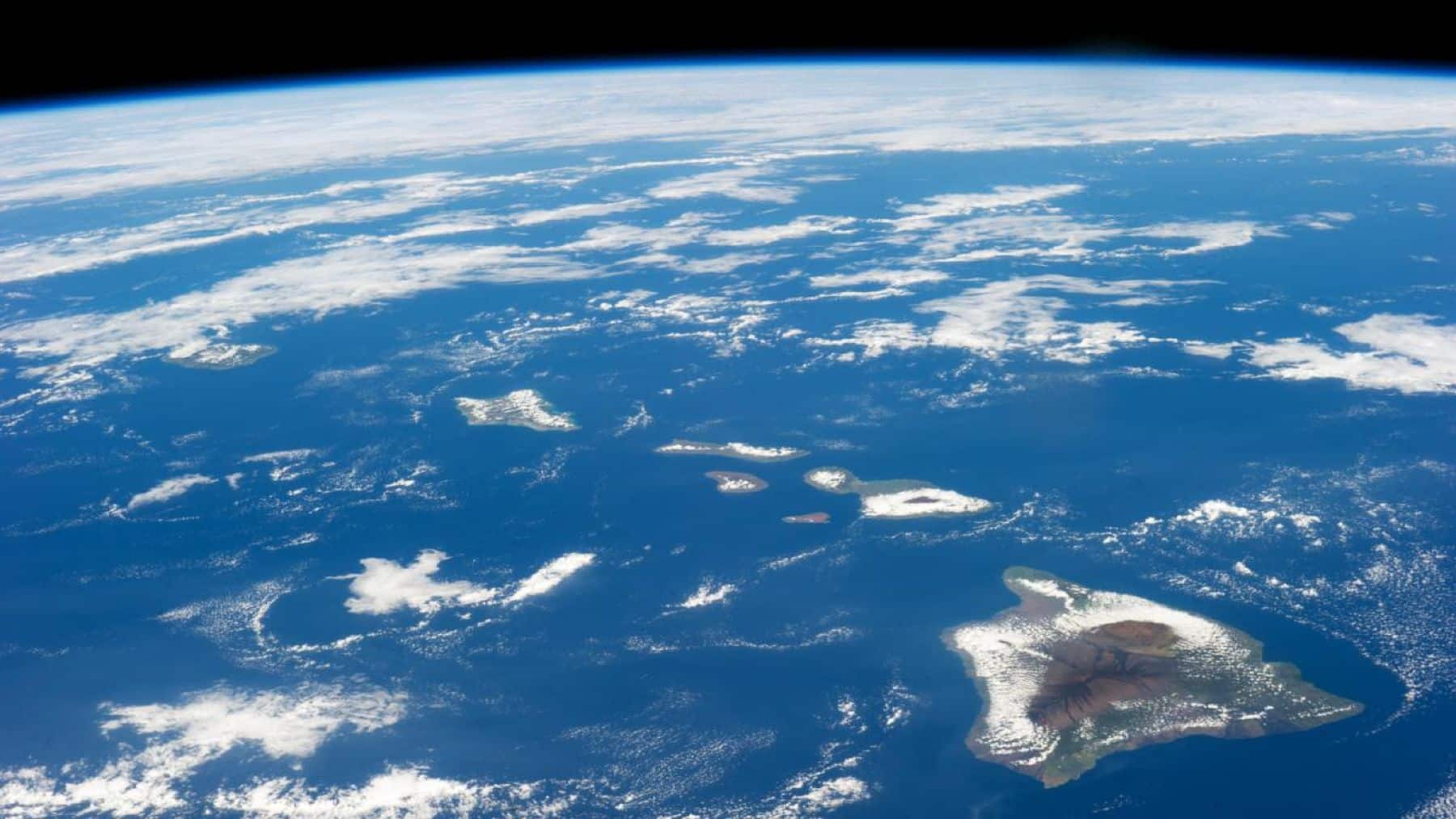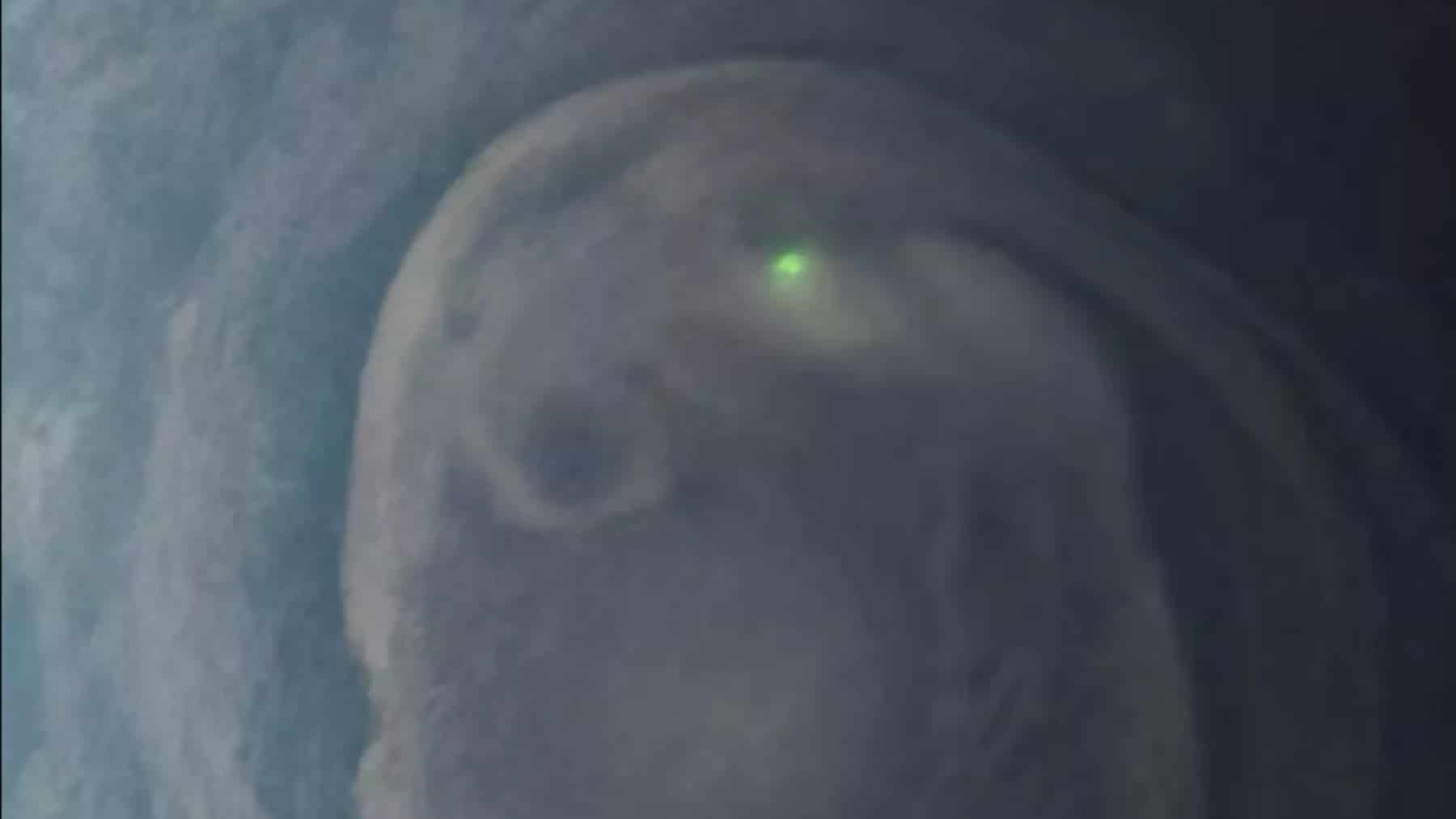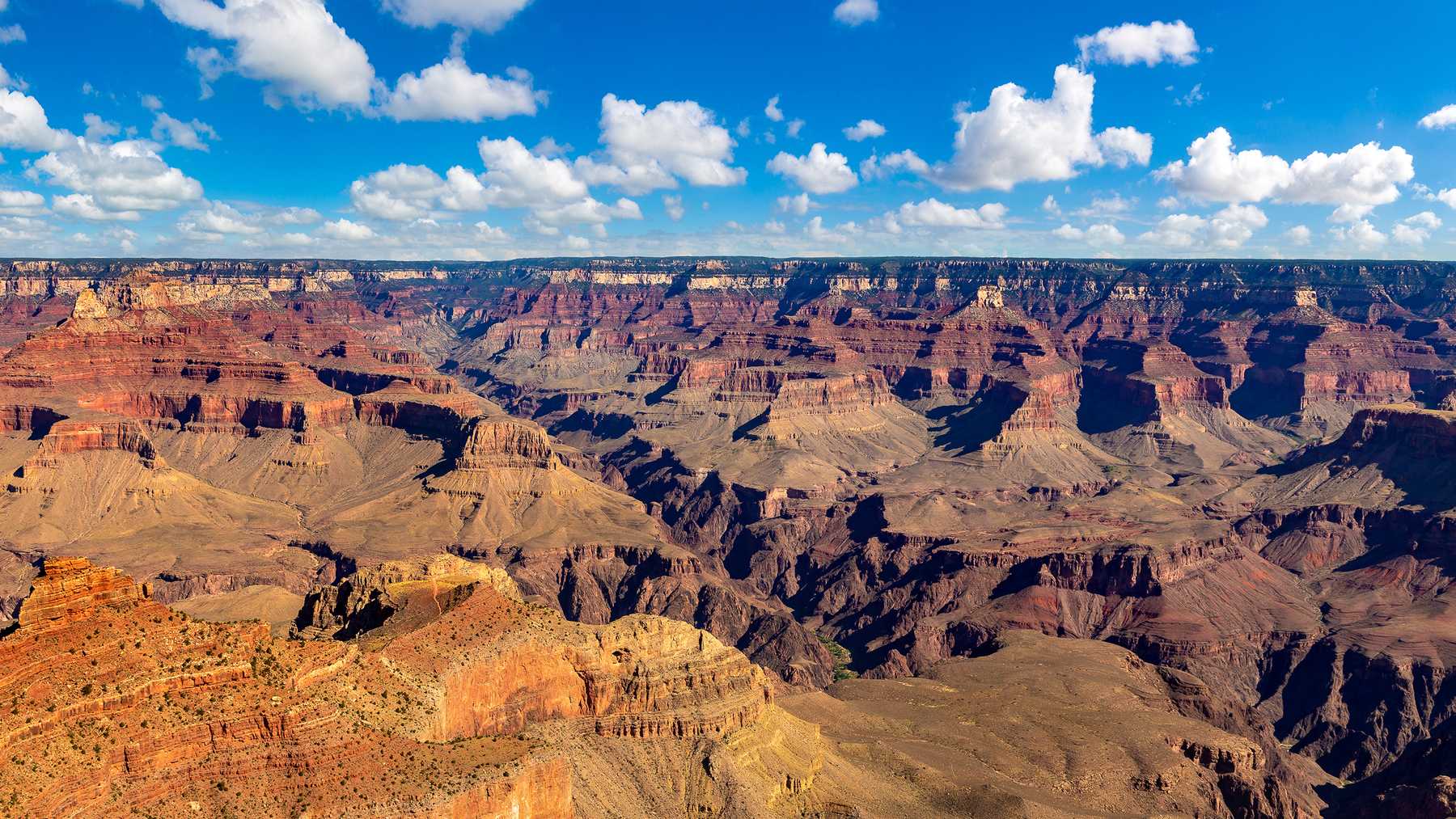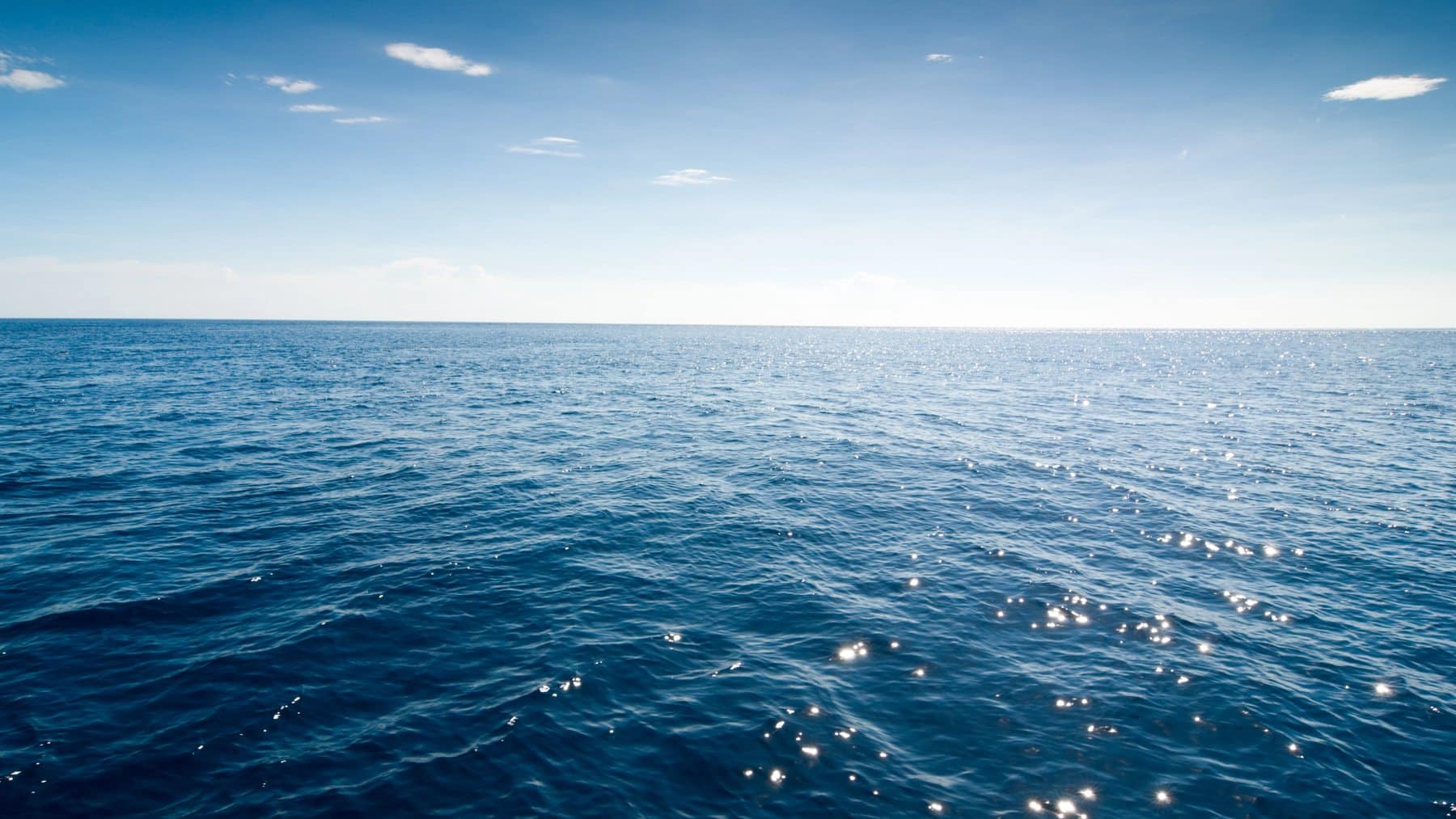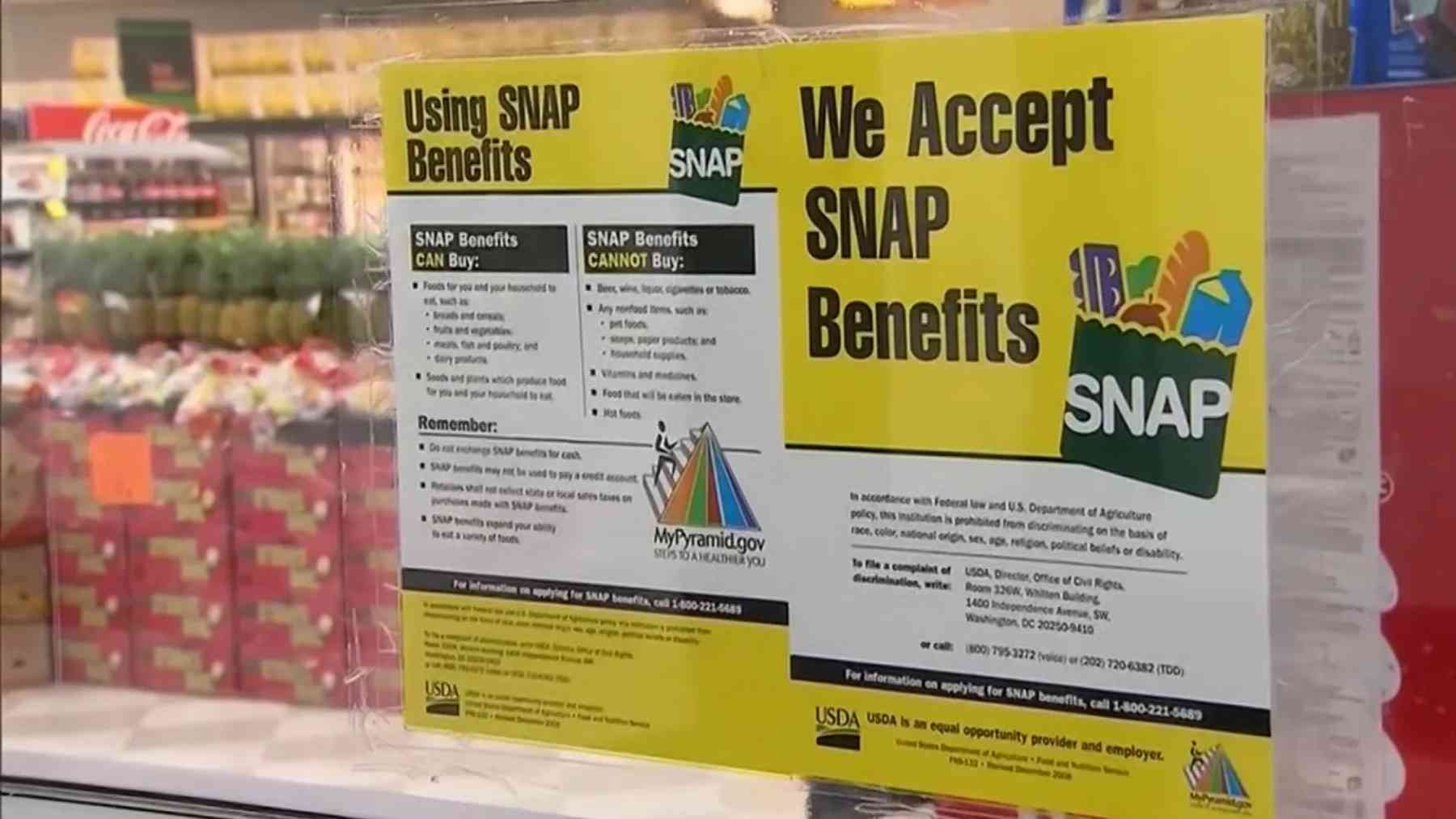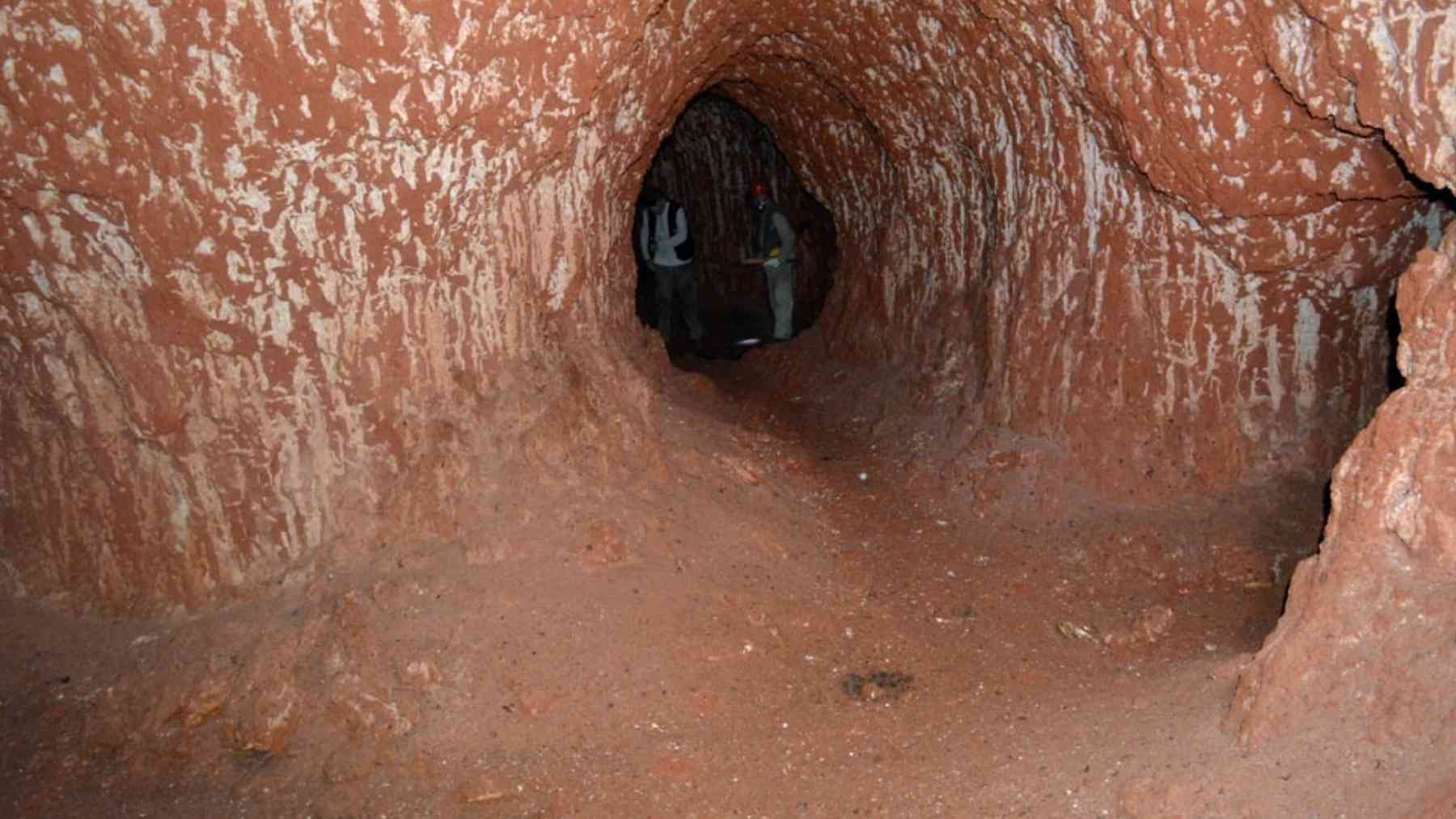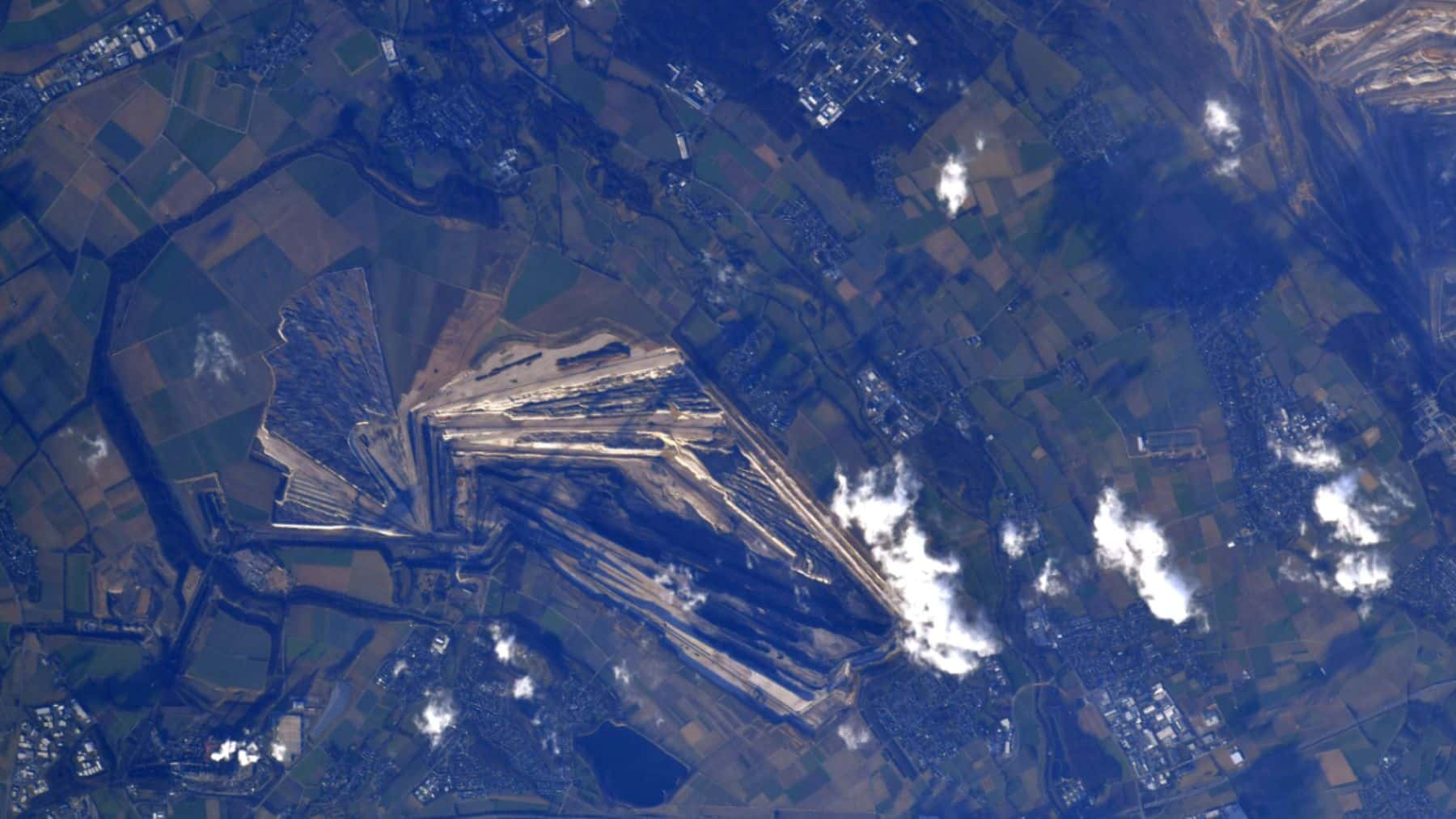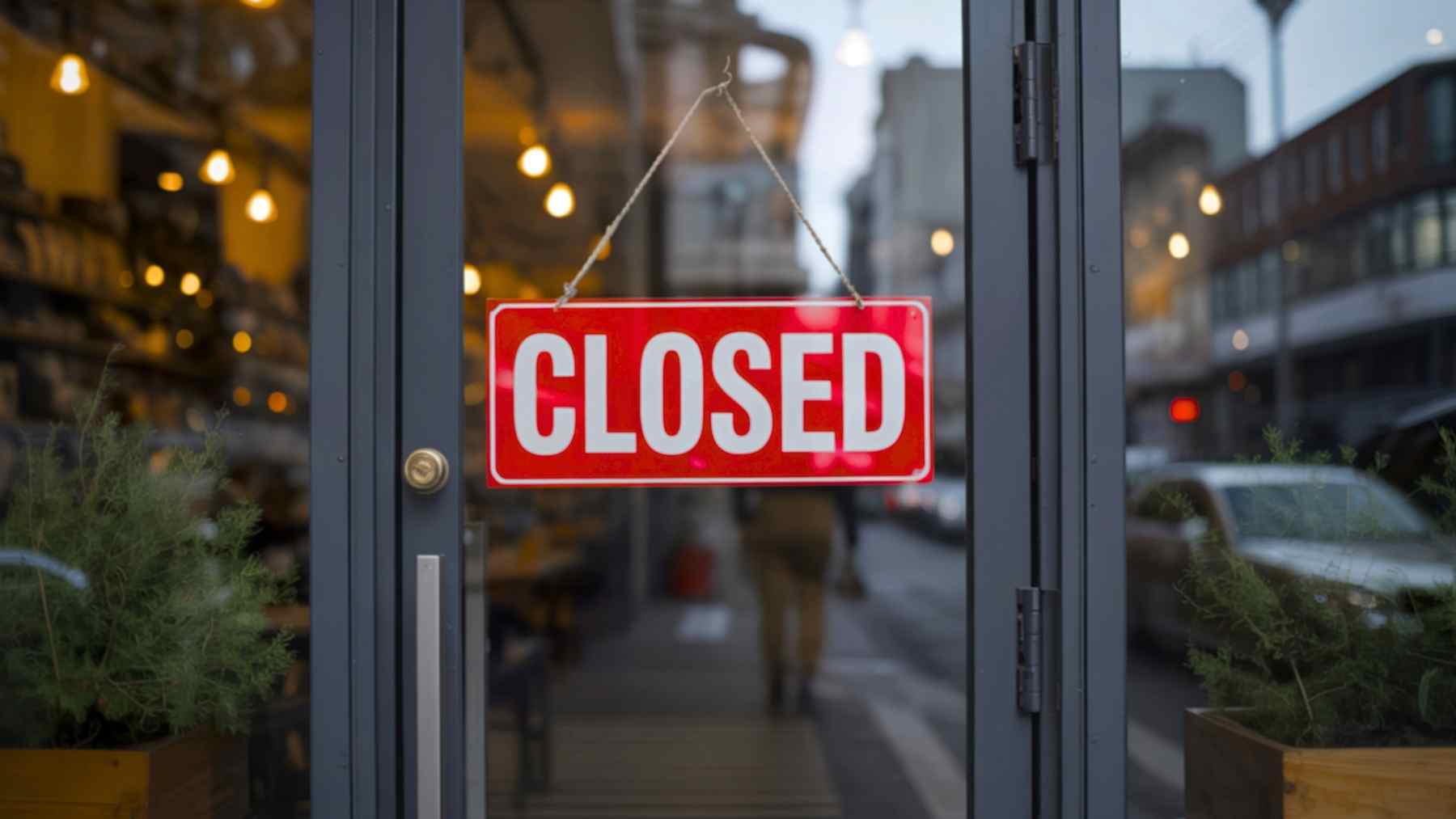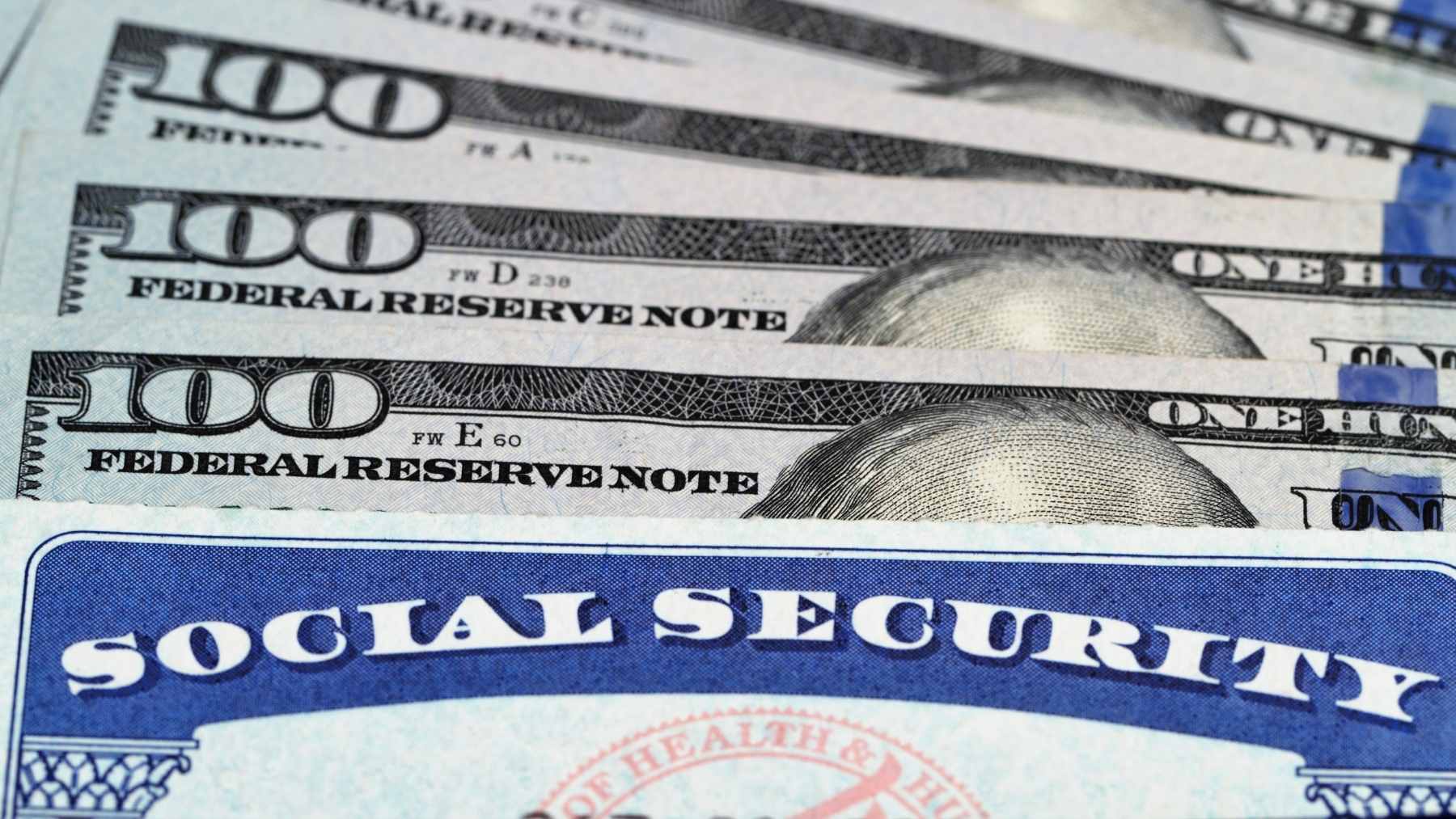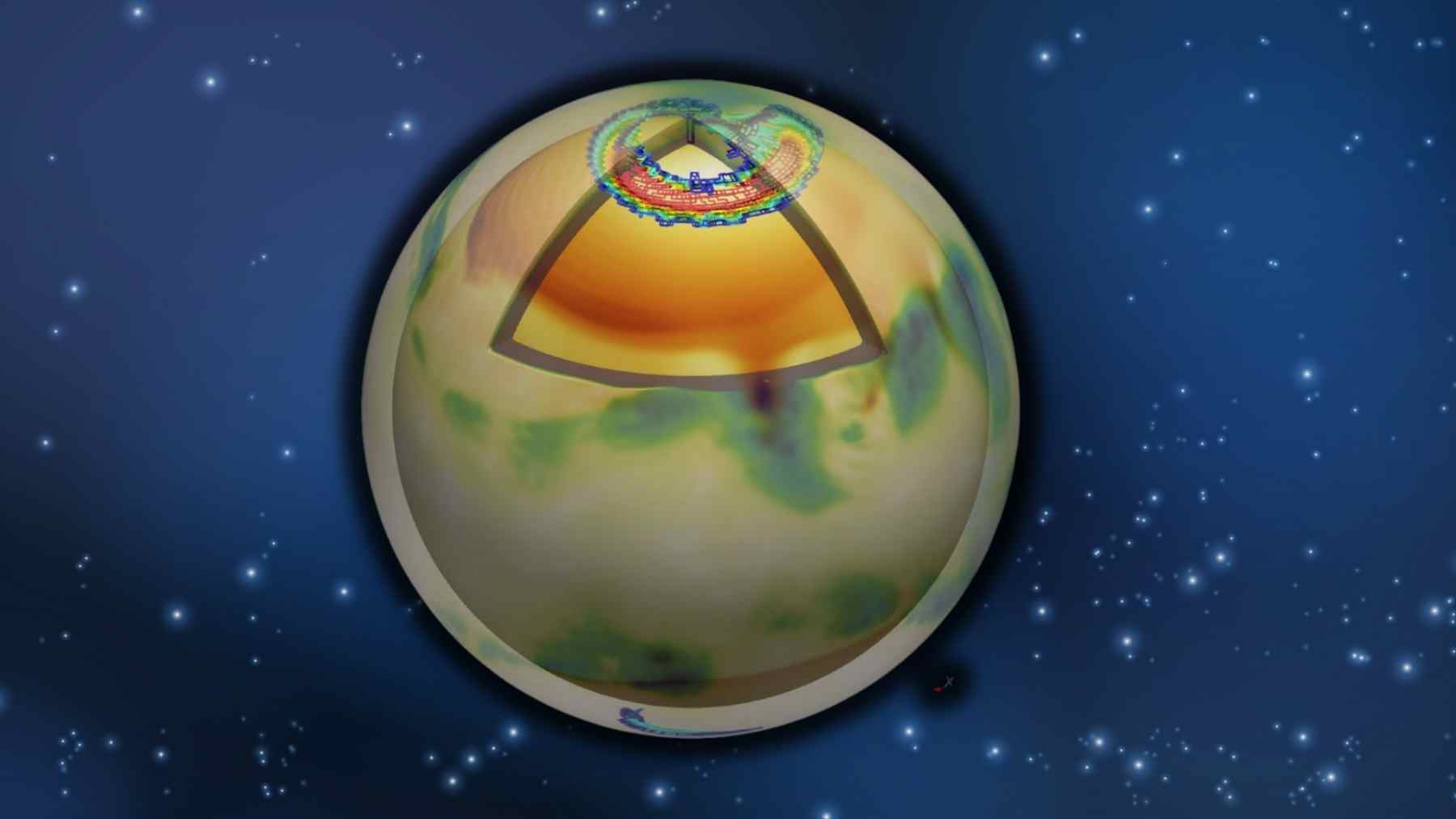Tsunamis present a substantial danger to Hawaii, where residents enjoy picturesque beaches and volcanoes. These natural catastrophes appear without notice before causing massive damage throughout the affected areas. Tsunami warning authorities at the Pacific Tsunami Warning Center (PTWC), together with several other evaluation centers, continuously track Hawaii for threat management purposes. Strategies that protect Hawaii from dangerous tsunamis exist, as the next section discusses.
Public members should never ignore the potential dangers of tsunami waves that move at 500 mph.
Ocean waves form when underwater earthquakes and volcanic eruptions, together with submarine landslides, lead to tsunami phenomena. Tsunami waves increase their speed rapidly when they move below the ocean until they reach 500 mph. Equipped with increased height, the waves accelerate their velocity while approaching the coastline, thus exposing coastal areas to enormous danger.
The position of the Pacific Ocean exposes Hawaii to the most dangerous natural threats. Two huge tsunamis hit the western portion of Hawaiian islands with deadly outcomes in 1946 and 1960 when the Aleutian Islands earthquake and Chilean earthquake killed 159 Hawaiian residents and another 61, respectively. Major destruction conquered the state after the 1960 Chile earthquake combined with the ensuing tsunami, which claimed the lives of 61 Hawaiian residents.
Operation at the Pacific Tsunami Warning Center takes place daily to protect Hawaii from dangerous tsunami occurrences.
The PTWC operates from Honolulu, where staff members perform essential functions to detect and warn about tsunami occurrences. The center maintains continuous operations to analyze seismic and sea level data, which helps identify possible tsunami formations. Scientific staff at PTWC rapidly evaluate earthquake aftermaths to decide whether tsunamis have formed before sending proper warning messages.
Tsunami detection at the PTWC operates through a network that combines seabed pressure gauges with sea-level measurement units and ground-based seismic stations. The collected data allows the center to forecast when tsunami waves will come and their amplitude growth rate, which produces vital warnings for crisis management staff and the public. Emergency evacuation planning at the center offers enough timeliness for residents and visitors to leave effectively.
The Danger Level Between Local And Distant Tsunamis
The Hawaiian region faces two separate tsunami categories: local and distant waves. Tsunamis arising from nearby earthquake activity become local tsunamis that affect the Hawaiian Islands area. These tsunamis reach coastal areas within minutes, so prevention steps must occur without time for notice or evacuation. People need to detect natural warning indicators, including strong earthquakes and unusual ocean conduct, to perform immediate actions.
Hawaii experiences remote tsunamis from earthquakes in either Alaskan or Chilean regions. Remote-originating Hawaiian tsunamis need many hours to travel to islands, thereby providing authorities with extended periods for issuing warnings and conducting evacuations. Previous incidents demonstrate that while distant tsunamis hit hard, they never fail to destroy coastal areas.
A detailed emergency guide specifies necessary actions during a tsunami warning event.
Being prepared constitutes the main strategy to reduce tsunami-related damages. Local residents and visitors to Hawaii must identify their respective tsunami evacuation zones. The Oahu Tsunami Evacuation Map and the NOAA evacuation map let users view their accessible tsunami evacuation zones.
After a tsunami warning is broadcast, you should immediately leave for a safe area. Residential homes and small structures do not possess the strength needed to resist tsunami-generated forces. Individuals living in the evacuation zone must establish a meeting location outside their area and their evacuation route towards inland or higher elevations.
Vertical evacuation serves as a solution for shoreline residents who lack immediate evacuation options from the designated area. Residents must go to any floor above the fourth level within buildings of ten or more stories. The location of public facilities that provide restrooms and parking spaces functions as an evacuation area but does not operate as a shelter while lacking supplementary assistance.
Community-based education, together with perpetual monitoring networks, serve as life-saving measures
The prevention of tsunamis in Hawaii relies heavily on uninterrupted tracking efforts and expanded community information programs. Public safety institutions, including the PTWC, the USGS Hawaiian Volcano Observatory, and other agencies, work to create improved tsunami detection and warning methods. Public awareness campaigns combined with educational initiatives enable people to learn about the tsunami hazards they face while developing appropriate actions for such emergency situations.
Hotels and residents of Hawaii need 24/7 monitoring and complete preparedness plans because tsunamis remain a significant danger to the region. Following evacuation guidelines and staying informed enables the community to decrease the effects of tsunamis while safeguarding human lives and property assets.
